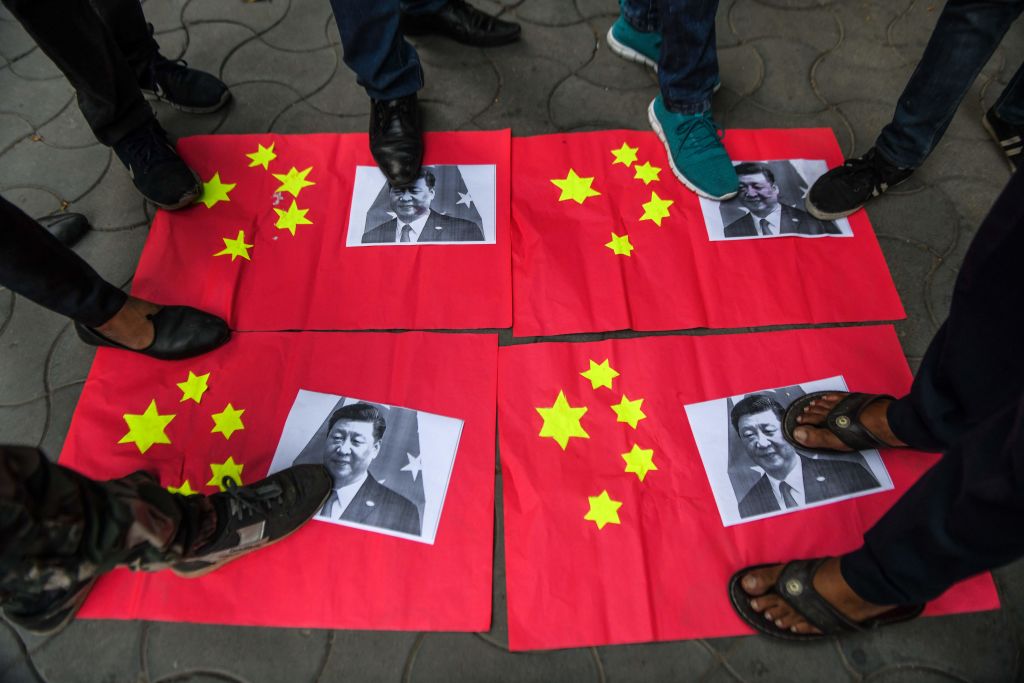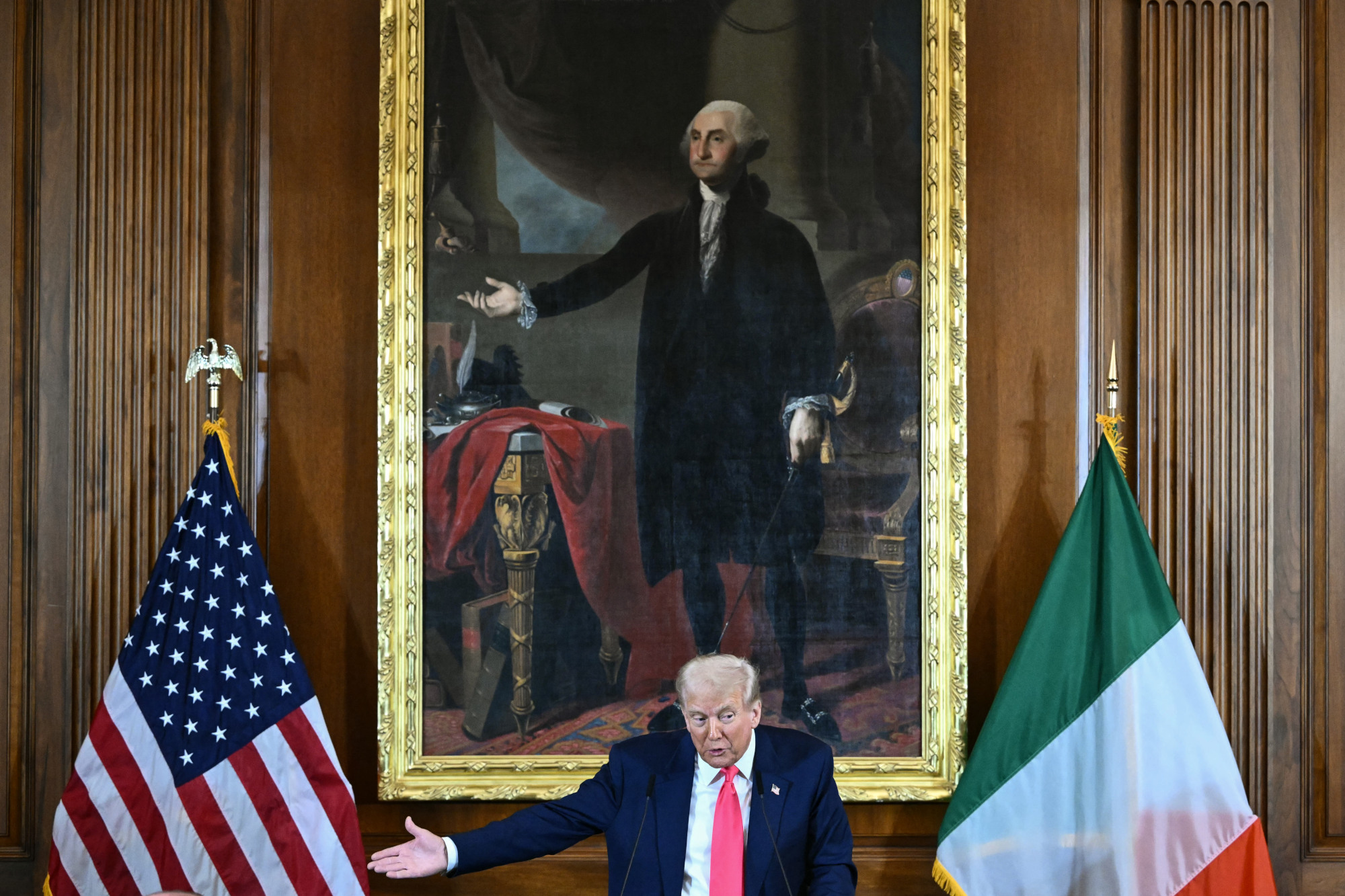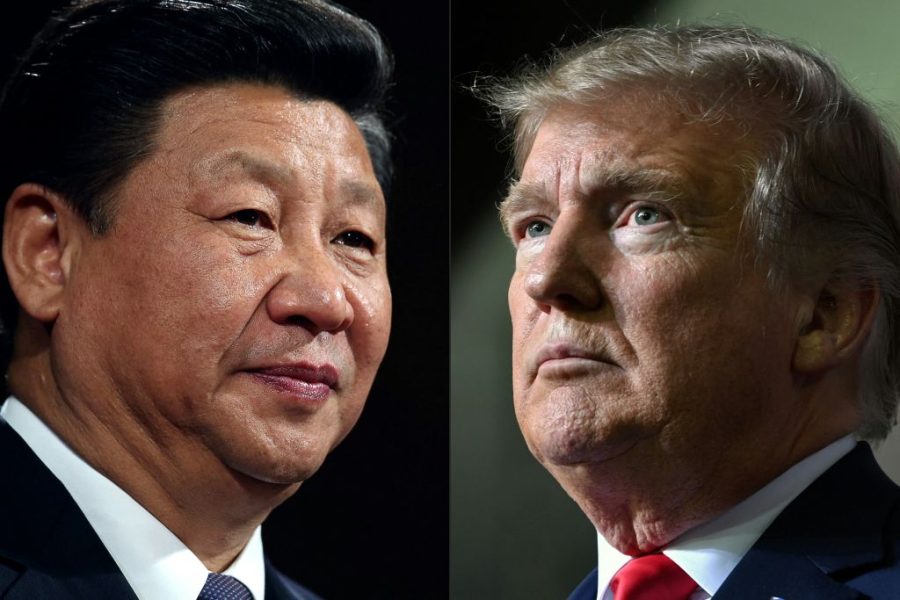Clashes between Indian and Chinese troops are shocking but nothing new. For almost 20 days, in the fall of 1962, a handful of Indian soldiers surrounded by Chinese troops weathered incessant assaults, before being overrun in Walong, in the Namti plains; the Eastern most corner of India. No support came in 1962, from the shocked Indian government to the unprepared Indian army. A dusty stone-plaque stands there today pledging that Walong will never fall again; a pledge whose strength might soon be tested once more.
In the Fifties, Jawaharlal Nehru, India’s first socialist post-independence prime-minister, wanted to create a utopian post-colonial alliance in Asia with China. Just like modern post-colonial academics, his ideas were also completely devoid of the geopolitical realities of power, something he finally internalized after a walloping at the hands of Maoist China.
Nevertheless, this romantic idea of Pan-Asian solidarity persisted, as Nehru’s sister gave unconditional support to Chinese membership in the Security Council, even after the utter humiliation of the 1962 war, while charting a non-aligned path outside the US-Soviet rivalry. China did not return the favor.
The same utopian ideal of a Gaullist equidistance continues to haunt India, whose forces got walloped once again in a brutal medieval brawl this week which saw at least 20 Indian soldiers killed, and an unknown number of Chinese casualties. The scale of the conflict, the largest death toll in over half a century is unthinkable, especially considering that no firepower was used. But that’s not the surprising part.
For a country of 1.2 billion, the sixth largest economy, a nuclear power with one of the largest modern navies in the world, it shouldn’t be difficult for India to balance a rising China. India has open-ended offers from the Quad, a semi-formal alliance between the four largest democracies in the Asia-Pacific, to formalize the alliance. Even India’s threat of joining the Quad, of having American, Australian and Japanese troops and navies conduct joint operations in the Himalayas and Indo-Pacific, of selling Brahmos missiles to Vietnam, and jointly patrolling the South China Sea, should send a chill down the spines of the military leaders in Beijing.
Yet India has historically been the weakest link in the Quad, partly by her own design. In 2017, Adm. Sunil Lanba shot down the idea of formalizing a naval alliance. ‘India is the only country in the Quad with a land border with China. In case of conflict…nobody will come and hold your hand’, Lanba argued. While that might be true, joining a formal alliance would have helped in forcing China to divert strategic resources and be on the back foot. It would have led to a useful exchange of real-time military intelligence and diplomatic backing in the UN. Instead, India acquiesced.
New Delhi’s antiquated strategy then is responsible for the rise of Chinese aggression, and India’s political and military class are the architects of her own humiliation. China, on the other hand, once again showed no such reticence and continued with alignments with perpetual problem-child Pakistan and the new Marxist government of Nepal in a bid to circle India.
With the latest violence, the reality of the region has shifted permanently, but it is still to be seen whether that reality is reflected in New Delhi’s strategic circles.
[special_offer]
India, as a great power, is not dependent on others for her own defense, but India is not great enough to balance China alone. Nor is going solo prudent in geopolitics. The long-dominant view in New Delhi is that China is a continental power which needs to be appeased while the Himalayas are fortified with massive long-duration infrastructure projects which will help India move troops in the event of a war. The strategy is based on the idea that there might be a massive land invasion from China. It also misreads the Chinese strategy.
China is not interested in a war, but rather slicing up parts of advantageous and defensible terrains from the South China Sea to the Himalayas. To offset that, India needs to help others carve up parts surrounding China where Beijing is weak. A naval patrolling in the South China Sea, as well as profiting from arms export to Vietnam should be a good start in reestablishing deterrence.
Every romantic theory of solidarity is good until men are bludgeoned and thrown in ditches and warships rammed. Romanticism inevitably gives way to realism. This is a chance for New Delhi to unlearn romantic postcolonial theories and relearn realpolitik to facilitate an alliance to balance China. For the birthplace of Kautilya, it is criminal negligence to forget the grandest of wisdom from Kautilyan realpolitik, ‘the king (or state) who is likewise situated close to the enemy, but separated from the conqueror only by the enemy, is termed the friend’. It’s time for India to finally learn its lesson.

























